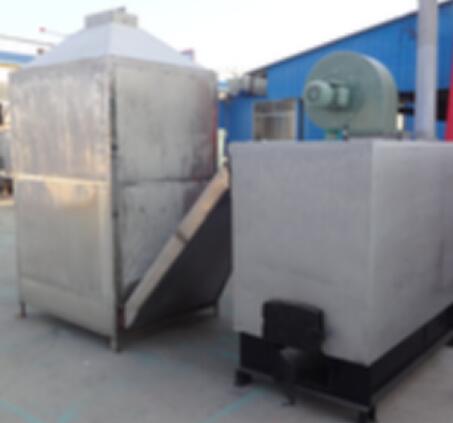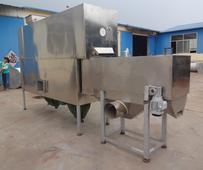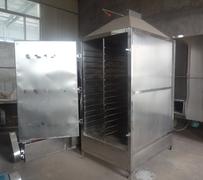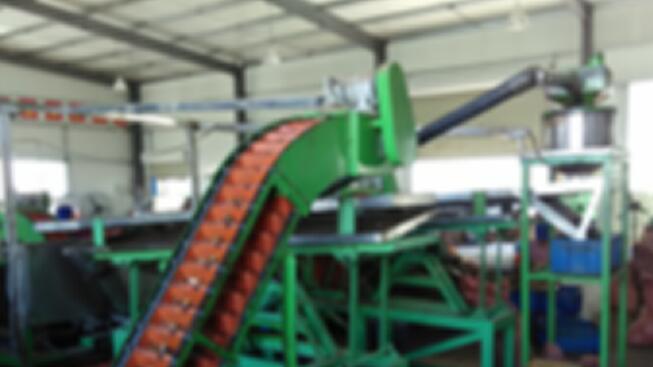What are the problems that may occur in the routine use of the grounding resistance tester? 1. When measuring a high-rise building grounding, why is the resistance larger than the ground resistance? And the display data jump is serious, what causes it, how to avoid? 2. Is the ground of the protected electrical equipment not disconnected from the test and what is the impact on the test meter or protected electrical equipment? 3. Why can't C2P2 and C1P1 of the resistance table be switched? 4. What factors influence soil resistivity measurements? Soil resistivity varies not only with the type of soil, but also with temperature, humidity, salt content, and soil tightness. 5. When measuring the grounding resistance, what factors cause the grounding resistance to be inaccurate and how to avoid it? 6. Why is the measurement line required to be 20m and 40m when measuring the grounding resistance, and what is the difference between it and clamp ground resistance? Clamp-shaped ground resistance meter can only measure multi-point grounding. The measurement result is the sum of measured ground pole and parallel grounding value of multiple ground poles. When measuring single-point grounding, auxiliary pole should be connected to make the test circuit form a loop, so the measurement error Be bigger. However, it is easy to operate.
The Cashew Nuts Cleaning Line include Cashew Raw Material Grader , Cashew Raw Materia Steamer , Automatic Cashew Sheller,Nuts Dryer , Nuts Peeling machine , Nuts Grader ,Shell and Nut Separator
1.Cashew Raw Materia Steamer
2.Automatic Cashew Sheller
4.Cashew Nuts Peeling machine
5.Cashew Nuts Humidifier
6.Shell and Nut Separator
MODEL
TECHNICAL DATA
REMARKS
HLD-20 Cashew
Raw Material
Grader
Productivity:300kg/H
Power:1.5kw
Weight:360kg
Dimension:
3500*1200*1600mm
Capacity:300kg/H by Cashew
HLD-20 Cashew
Raw Materia
Steamer
Productivity:200kg/H
Weight:200kg
Dimension:
1000*1000*1300mm
Capacity:200kg/H by Cashew
HLD-20 Automatic Cashew Sheller
Productivity:100kg/H
Power:0.75kw
Weight:260kg
Dimension:
1500*1000*1600mm
Capacity:100kg/H by Cashew
(include 2Sheller,2Separator,1Air Cleaner,
1Sorter,1Centrifuge)
HLD-20 Nuts Dryer
Productivity:100kg/T
Power:11kw
Weight:260kg
Dimension:
1500*1000*1600mm
Capacity:100kg/H by Cashew
HLD-20 Nuts Dryer
Productivity:100kg/H
Power:0.3kw
Weight:60kg
Dimension:
640*650*1360mm
Capacity:100kg/H by Cashew
HLD-20 Nuts Grader
Productivity:200kg/H
Power:0.75kw
Weight:360kg
Dimension:
2500*1100*1600mm
Capacity:200kg/H by Cashew
Cashew Nuts Cleaning Line Cashew Nuts Cleaning Line,Cashew Nuts Processing Machine,Cashew Nuts Cleaning Machine,Cashew Processing Machine Hebei HELIDA Grain Selecting Machinery Technology Co., Ltd. , https://www.grainseedscleaner.com
This is because when a high-rise building is surveyed, there is a certain resistance (R ground line) between the grounding lead of a high-rise building and the ground. In addition, the test line that leads from the upper measurement point to the ground meter of a high-rise building exists in the air. Line inductance. (WL) Therefore, the resistance value measured at the ground of a high-rise building is R=R ground +WL+R ground. Ground measurement ground resistance R = R ground.
The measurement data is more serious than the terrestrial measurement. This is because the length of the test line is extended in the air, as an antenna leads some radio and electromagnetic clutter signals in the air to the instrument through the test line, causing serious interference and making the measurement data jitter. The solution is to use a coaxial wire as the test lead, connect the coaxial cable and the core wire and connect it to the test point. Connect the shield wire at the other end of the coaxial cable to the C2 terminal of the instrument (ie the current pole), connect the core wire of the coaxial cable to the P2 terminal of the instrument (ie the voltage pole), which can better solve the high-level grounding of the measurement. The resistance is caused by interference due to the long lead length.
Under normal circumstances, when testing the grounding resistance, the equipment of the protected appliance is required to be disconnected from the grounding terminal. This is because if the protected electrical equipment is not disconnected, the grounding resistance is too large or the contact is not good. The voltage or current of the ground terminal will flow in reverse into the protected electrical equipment. If some equipment cannot resist the reverse voltage and current of the instrument, it may cause damage to the electrical equipment. In addition, some electrical equipment will leak current through the test line and enter the instrument. Burn the meter. Therefore, it is generally required to disconnect the protected electrical equipment. In a well-grounded condition, the protected electrical equipment can be measured without disconnection.
Because the internal circuit design principle of ground resistance meter C2 is the test potential, it must be strictly equal to the post-reference. Therefore, it must be directly connected to the measured ground electrode. P1 and P2 are signal paths, and the two can be interchanged. C1 is not interchangeable.
A) The contact resistance between the test clamp and the ground measurement point is too large. The solution is to grind the contact point with a guillotine or sandpaper and fully clamp the polished contact with the test wire clip.
B) Interference effects. To solve the problem, adjust the direction of payoff and try to avoid the direction of large interference, so that the meter reading can be reduced.
C) Instrument usage issues. The battery is low. The solution is to replace the battery. The accuracy of the meter drops, and the solution is to recalibrate to zero.
D) The surrounding soil of the grounding system (ground network) is inconsistent, and the geology is not the same. The degree of tightness, dryness and wetness are not the same, and it is dispersive. Stray current on the ground surface, especially overhead ground wire, underground water pipe, cable sheath, etc. The test has a particularly large impact. The solution is to take different points to take measurements and average them.
E) The test line is in the wrong direction and the distance is not long enough. The solution is to find the test direction and distance.
F) The auxiliary grounding electrode resistance is too large. The solution is to splash water at the ground stakes or use a resistance reducing agent to reduce the ground resistance of the current pole.
This is because when measuring the grounding resistance, it is required to measure the resistance between the grounding electrode and the remote grounding electrode with zero potential. The so-called remote refers to a distance at which the mutual resistance of the two grounding electrodes is substantially zero. Through experiments, the distance beyond 20m meets this requirement. If the line spacing is shortened, the measurement error will gradually increase. 




